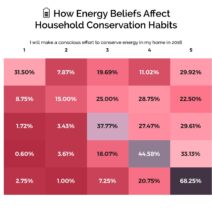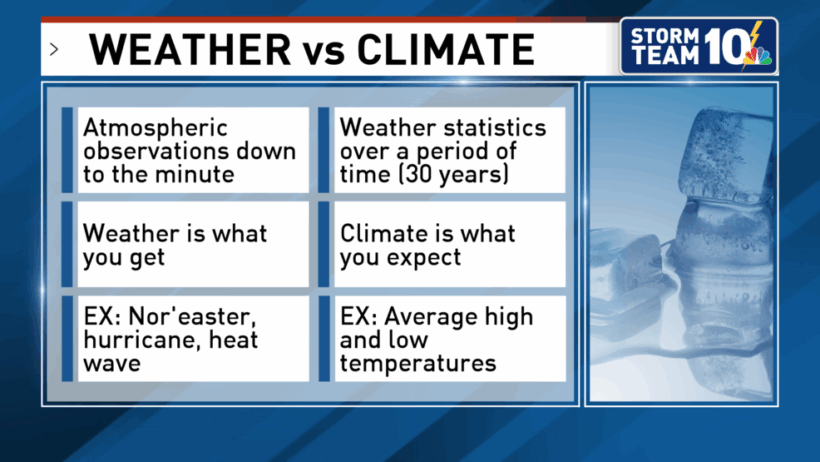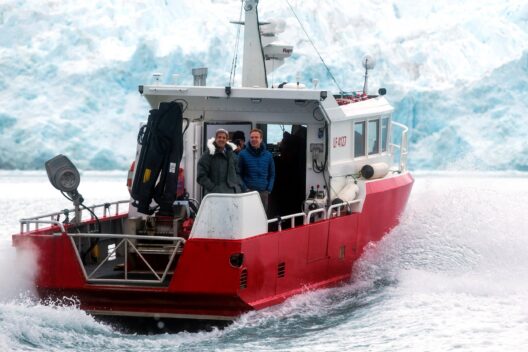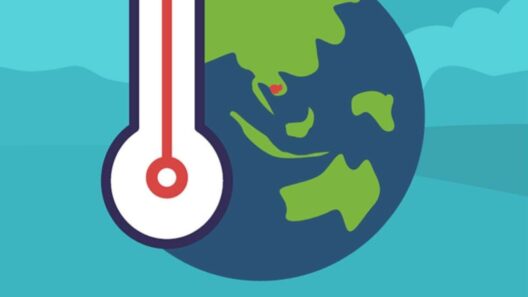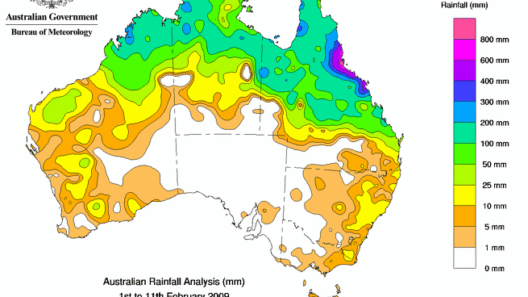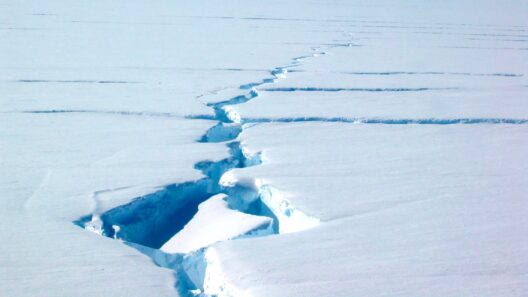Understanding the intricate differences between weather and climate is crucial for navigating discussions about environmental changes, especially in today’s context of global warming and its implications. While these terms are often used interchangeably, they represent distinctly different phenomena in atmospheric science.
Weather refers to the short-term atmospheric conditions in a specific location at a particular time. It encompasses the changes that can occur within hours or days—such as rain, sunshine, wind, or temperature fluctuations. In simple terms, when you check a weather report for your local area, you are looking at a snapshot of current atmospheric activity: how hot or cold it is, whether it’s raining or clear, and the wind conditions. Weather can be chaotic and is influenced by numerous variables, making it unpredictable beyond a short period.
In contrast, climate refers to the long-term average of weather conditions in a specific area over a significant period—typically 30 years or more. It reflects the statistical norms, encompassing the averages of temperatures, precipitation, humidity, and more, that define a location’s typical atmospheric state. Climate is influenced by larger-scale factors like geographical features, ocean currents, and latitude. For instance, the climate of a tropical region is characterized by consistent warmth and humidity, while a polar climate is defined by its extreme cold and relatively dry conditions.
To grasp these concepts fully, it’s imperative to delve deeper into their defining characteristics and the implications they hold for our planet’s health and future.
Significance of Time: Short-Term vs. Long-Term
The most pronounced distinction between weather and climate lies in the time frames they represent. Weather is transient, highly variable, and can change from one moment to another. For example, you might wake up to a frosty morning, but by afternoon, the sun could shine brightly, transforming your experience entirely. Such fluctuations are influenced by intricate systems of pressure and wind patterns that are in constant motion.
Conversely, when we talk about climate, we are investigating broader trends and patterns, which require years of data collection and analysis. Scientists observe long-term changes, such as the gradual increase in annual average temperatures, shifts in precipitation patterns, and the growing frequency of severe weather events. These trends help us understand how the Earth’s systems are evolving over time, offering insights into potential futures based on the current trajectory.
A vital example is the difference between a record-breaking winter cold snap in a region typically known for milder winters and the long-term changes indicating the planet is warming overall. Such a cold event may represent an anomaly in weather, while a consistent rise in average global temperatures indicates a significant climate shift.
Understanding Local vs. Global Scales
Weather can be specific to a local area and can vary greatly even within short distances. For instance, it might be foggy in one part of a city while the neighboring area is enjoying clear skies. This variability can be attributed to local geographic features, urbanization, and microclimates that affect conditions on a very fine scale. Consequently, weather can be dramatically different between two locations that are geographically close.
On the other hand, climate typically describes broader geographic scales. For example, one might speak of California’s Mediterranean climate versus the humid subtropical climate found in Florida. This larger perspective enables scientists to make predictions about how regions will react to changes over decades and centuries, such as the impacts of climate change on coastal areas due to rising sea levels. This distinction helps clarify that while local weather might change daily, climate denotes the same region’s general conditions over long spans of time.
Interconnectedness: How Weather Influences Climate
The connection between weather and climate is underscored by the fact that cumulative weather patterns contribute to our overall understanding of climate. Short-term weather phenomena can have profound long-term impacts; for instance, a series of unusually warm winters can lead to shifts in ecosystems, altering plant growth periods and migratory patterns of animals, ultimately modifying the regional climate over time.
Additionally, factors like deforestation, urbanization, and greenhouse gas emissions can influence both local weather and broader climatic trends. These changes can drive feedback loops that exacerbate warming or cooling events. For example, increased urban heat due to extensive concrete surfaces can lead to localized weather changes, such as enhanced thunderstorms or heat waves, which cumulatively feed into the larger climate system.
Consequently, understanding these dynamics becomes vital for formulating effective environmental policies and preparedness strategies aimed at mitigating adverse impacts.
Conclusion: Climate Resilience in an Evolving World
Understanding the distinction between weather and climate contributes significantly to our ability to engage with pressing environmental issues. The ephemeral nature of weather reminds us of the immediacy required in response to current conditions, while an appreciation of climate gives context to long-term changes and challenges we face collectively. As society grapples with climate change and its myriad effects, recognizing this dichotomy will be essential in fostering resilience and promoting sustainable practices that honor the delicate balance of our planet’s atmospheric systems.

